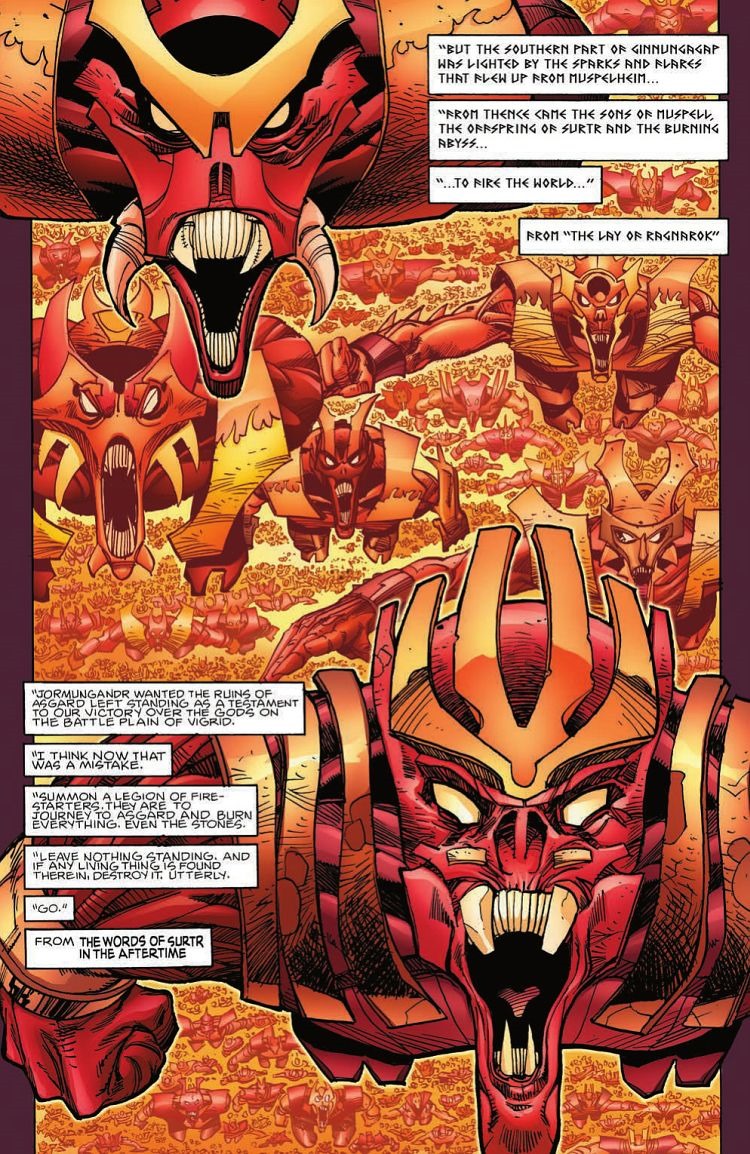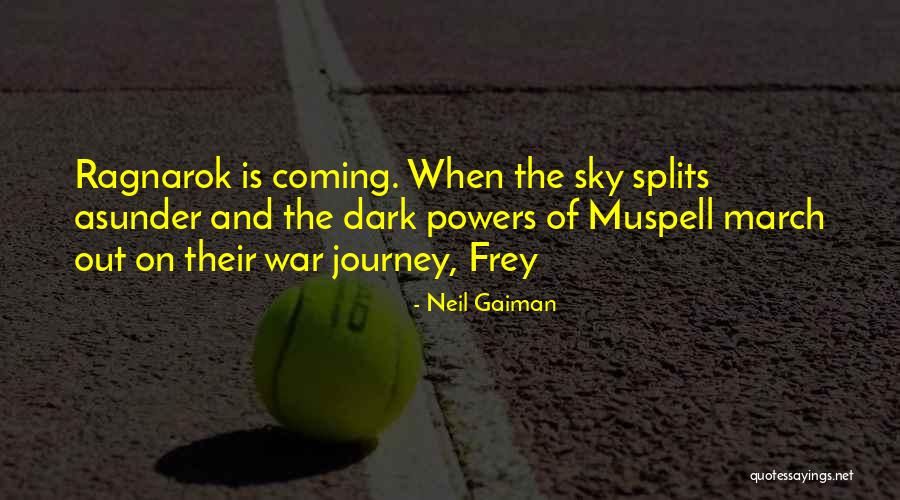
Through Gaiman’s deft and witty prose, these gods emerge with their fiercely competitive natures, their susceptibility to being duped and to duping others, and their tendency to let passion ignite their actions, making these long-ago myths breathe pungent life again.

Gaiman fashions these primeval stories into a novelistic arc that begins with the genesis of the legendary nine worlds and delves into the exploits of deities, dwarfs, and giants. In Norse Mythology, Gaiman stays true to the myths in envisioning the major Norse pantheon: Odin, the highest of the high, wise, daring, and cunning Thor, Odin’s son, incredibly strong yet not the wisest of gods and Loki?son of a giant?blood brother to Odin and a trickster and unsurpassable manipulator. Neil Gaiman, long inspired by ancient mythology in creating the fantastical realms of his fiction, presents a bravura rendition of the Norse gods and their world from their origin though their upheaval in Ragnarok.

A good introduction to Norse mythology and tales.“Remarkable.… Gaiman has provided an enchanting contemporary interpretation of the Viking ethos.”- Lisa L. There is also a 800 headed giant, with each of its faces uglier than the last… See where Thor tricks a giant he goes fishing with, when prompted by the giant to sift through the poop of his beloved cows to find some bait, Thor rips a cows head off rather savagely.

Some of the actual treasures of the gods. The gods hire a giant to build a wall and bet that he cannot get it done in one season-one winter. Loki wagers his head that one group of dwarfs makes better things than the other. Some of the humour, or humourous moments has come out incredibly well. Terms in this set (32) Summary of The Treasures of the Gods story. He will often explain what a norse name/named object is (i.e Draupnir, or the rainbow bridge) in the text itself, which means you don’t have to a) remember all the norsey things b) flick back and forth to the glossary.ĭefinitely a good book to read in its installments each day! Gaiman’s version of the myths is really enjoyable and straightforward with no clunky phrases. Style wise I thought it was very palatable.

Ragnarok is a fated moment, which could have been avoided if one of the gods (Frey) had not foolishly given away his word capable of slaying the big fire giant. Giants are there too, including one that wields a fiery sword. This includes a massive sea snake, and an equally big wolf. It involves a huge battle with Thor and Odin and the gods leading a bunch of glorious previously dead norse heroes against the big bad guys. What does Ragnarok mean? Simply- it is the end of the world. His re-telling comprises 15 chapters, starting from the beginning of time, until the famous coming of apocalpyse- Ragnarok. Absolutely loved this re-telling of Norse myth by Neil Gaiman.


 0 kommentar(er)
0 kommentar(er)
